Lange Zeit waren Dual-Core-CPUs mit Hyperthreading in Ultrabooks das höchste der Gefühle. Mit den Kaby-Lake-R-Prozessoren gibt es mittlerweile auch echte Quadcores für Unterwegs.
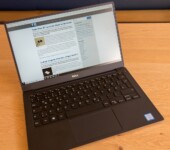
Einsatzzweck des Ultrabooks sind vor allem die Arbeit mit Microsoft Office und ein wenig Photoshop. Dazu zeitweise Einwahl via VPN – alles in allem die „üblichen“ Büroanwendungen. Das XPS ersetzt sowohl ein altes Ultrabook (ASUS UX32vd R4002) sowie einen stationären PC mit Pentium G4560 – das bringt auch die Wahl der richtigen Docking-Station mit sich, die sich komplizierter gestaltet als es das mit Thunderbolt-3-Anschlüssen eigentlich sein sollte.
Äußeres: Aluminium und Carbon
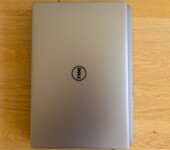
Anschlüsse gibt es nur an den Seiten: Links sowohl einen klassischen runden Ladeanschluss, Thunderbolt 3 in Form einer USB-C-Buchse sowie zwei reguläre USB-A-Buchsen für USB-3.1 Gen1-Geräte. Auf der rechten Seite findet sich ein weiterer USB-3.1-Gen1-Anschluss sowie ein SD-Card-Reader – anders als beim Nachfolge-Modell 9370 ist die Anschlussvielfalt also noch etwas größer.
Display: mattes Full-HD

Vorteil des „niedrig“ aufgelösten Panels: die integrierte Grafik in Form der UHD Graphics 620 hat damit wenig mühe. Spiele sind natürlich nicht die Stärke dieser Grafikeinheit, aber auch nicht der Fokus der Anwendung – von daher habe ich das überhaupt nicht mit getestet.
Verglichen mit dem sehr guten Display des Macbook Pro 13 fällt ein Blaustich auf, der nicht so stark bemerkt wird, wenn man das Display des Dell alleine betrachtet. Eine Kalibrierung des Displays bringt hier wahrscheinlich bessere Ergebnisse (außerdem soll das Nachfolge-Modell bereits ein besseres Display verwenden, allerdings leider mit einer Glasscheibe und nicht mehr matt).
Performance: 4C/8T, 4 GHz
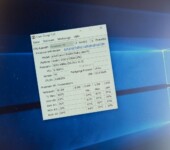
Ausführliche Benchmarks zum Prozessor gibt es auf Notebookcheck.com. Gegenüber dem Dual-Core des Macbooks merkt man in den meisten Anwendungen aktuell keinen Vorteil, aber auf lange Sicht wird der Quadcore einen deutlicheren Vorteil bringen. 16 GiByte RAM sind nach wie vor das Limit bei dieser CPU-Klasse, aber derzeit auch noch ausreichend (solange man nicht ernsthaft mit virtuellen Maschinen arbeiten will).
Die 512 GiByte große SSD ist in meinem Geräte eine Samsung PM981 NVMe, die mit PCIe-4x Angebunden ist. Dies mag nicht die absolute Leistungskrone sein, im Alltag aber schnell genug.
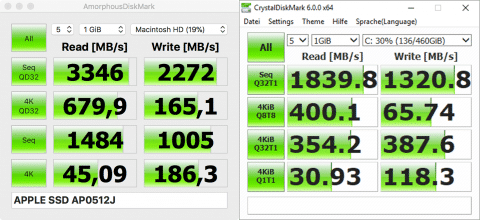
Fazit:
Das Dell XPS 13 9360R ist eine gute Wahl für alle, die zeitgemäße CPU-Leistung sowie traditionelle Anschlüsse benötigen – USB-A wird noch eine lange Zeit allgegenwärtig sein. Ansonsten bekommt man hohe Mobilität gepaart mit hoher Rechenleistung und einer guten Akkulaufzeit – zum Preis von gut 1.550 Euro, wobei man auf jeden Fall noch eine Thunderbolt-3-Docking-Station dazu rechnen muss (das Thema wird gesondert behandelt).

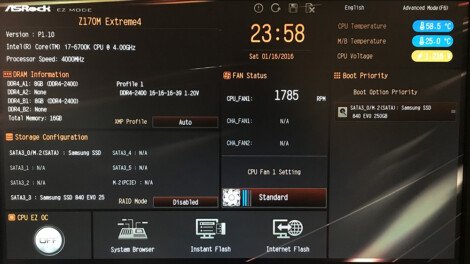
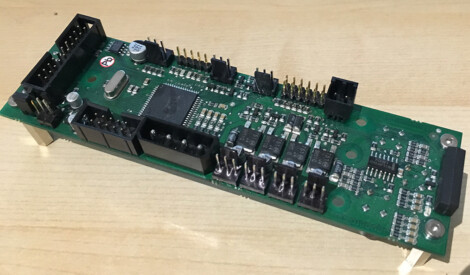
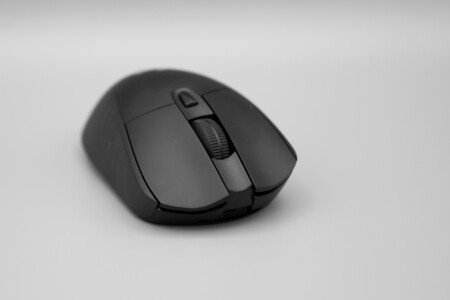
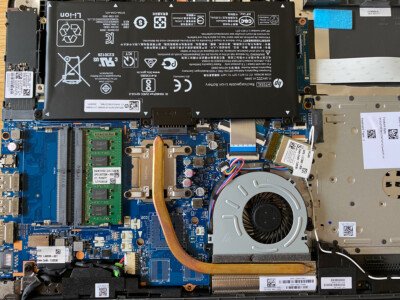
Pingback: Elgato Thunderbolt 3 Pro Dock: Erfahrungsbericht & Hands-On
Pingback: Lenovo Yoga 7i Slim Carbon: ultraleichtes Ultrabook - tech-blogger.net